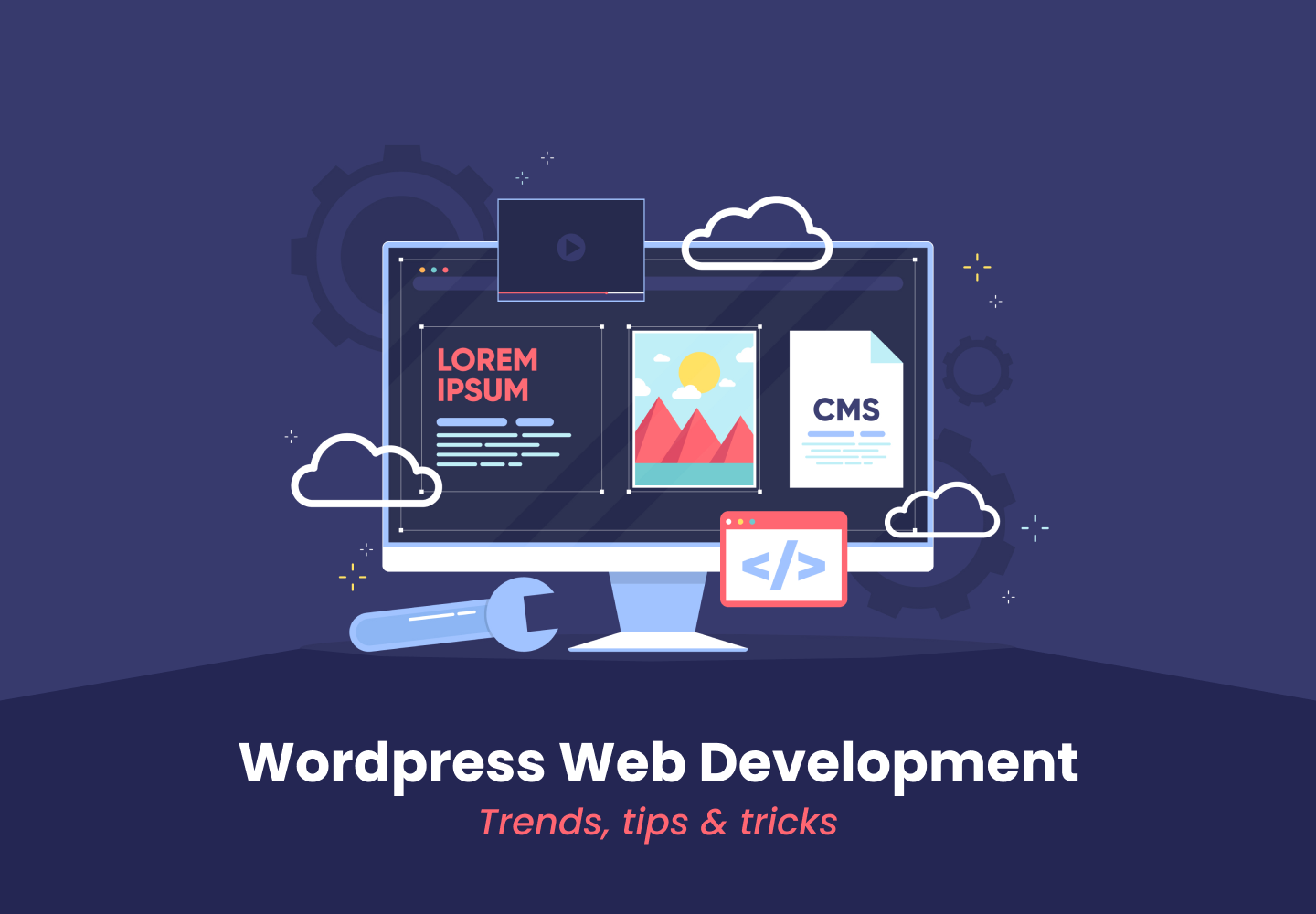Introduction
WordPress is one of the most popular and versatile platforms for web development, with millions of websites built and powered by its robust and user-friendly features. Whether you’re a beginner or an experienced developer, WordPress offers a wide range of tools, plugins, themes, and customization options to help you create and enhance your online presence.
In this article, we’ll explore some of the latest trends and best practices in WordPress web development, along with some tips and tricks to make the most of this powerful platform.
1. Mobile-first Design
One of the biggest trends in web development is mobile-first design, which prioritizes the mobile user experience over desktop or other devices. With more and more users accessing websites and apps on their smartphones and tablets, it’s crucial to ensure that your WordPress site is optimized for smaller screens, touch-based navigation, and faster loading times.
To achieve mobile-first design in WordPress, you can use a responsive theme that adjusts to different screen sizes, or implement a mobile plugin that provides a separate layout or menu for mobile users. You can also optimize your images, videos, and other content for smaller resolutions and faster loading times, and use a caching plugin to speed up your site’s performance.
In addition to these techniques, there are some other best practices for mobile-first design that you should consider:
- Keep your content concise and focused, with clear headings and subheadings
- Use large, readable fonts and high-contrast colors that are easy to see on smaller screens.
- Use touch-friendly buttons and menus that are easy to tap and navigate.
- Avoid using pop-ups or other elements that may interfere with the mobile user experience.
2. Customized and Dynamic Content
Another trend in WordPress web development is customized and dynamic content, which allows you to personalize your site’s content and presentation based on user preferences, behavior, or location. With the help of plugins and APIs, you can display different content, menus, or promotions to different users, or use dynamic widgets and shortcodes to create interactive and engaging elements.
To implement customized and dynamic content in WordPress, you can use plugins such as Jetpack, Personalized Content, or Dynamic Widgets, which provide various options for targeting and displaying your content. You can also use APIs such as Google Maps, Yelp, or Weather to embed dynamic content such as maps, reviews, or weather forecasts on your site.
Some examples of customized and dynamic content that you can implement in WordPress are:
- Personalized product recommendations based on user browsing or purchase history.
- Location-based promotions or events for visitors in a specific area.
- Interactive widgets such as quizzes, polls, or calculators that engage users and encourage them to share your content.
- User-generated content such as reviews or ratings that provide social proof and enhance your site’s credibility.
3. SEO and Analytics Integration
A key factor in WordPress web development is search engine optimization (SEO) and analytics integration, which helps you to track and optimize your website’s performance and visibility in search results. With the help of plugins and tools, you can monitor your site’s traffic, rankings, and engagement, and make data-driven decisions to improve your SEO strategy.
To integrate SEO and analytics in WordPress, you can use plugins such as Yoast SEO, All in One SEO Pack, or Google Analytics Dashboard for WP, which provide various options for optimizing your content and tracking your metrics. You can also use tools such as Google Search Console, SEMrush, or Ahrefs to analyze your keywords, backlinks, and competitors, and improve your site’s overall SEO performance.
4. E-commerce and Membership Sites
A popular use case for WordPress web development is e-commerce and membership sites, which enable you to sell products or services, or provide exclusive content or benefits to members or subscribers. With the help of plugins and themes, you can create and manage your online store or membership site, and integrate with payment gateways, shipping providers, or third-party platforms.
One of the advantages of using WordPress for e-commerce and membership sites is the ability to easily integrate with other third-party platforms and tools, such as email marketing services, social media platforms, and analytics tools. This integration can help you to streamline your business operations and improve your marketing and sales efforts.
To set up an e-commerce or membership site in WordPress, you can use plugins such as WooCommerce, Easy Digital Downloads, or MemberPress, which provide various options for product management.
5. Accessibility and Inclusivity
An important consideration in WordPress web development is accessibility and inclusivity, which ensures that your site can be accessed and used by all users, regardless of their abilities or disabilities. With the help of plugins and themes, you can make your site more accessible and user-friendly, and comply with web accessibility standards such as WCAG 2.1.
To improve accessibility and inclusivity in WordPress, you can use plugins such as WP Accessibility, Accessible Content, or A11y Accessibility, which provide various options for improving your site’s readability, contrast, keyboard navigation, and other accessibility features. You can also use themes that follow accessibility guidelines, such as the Accessibility Ready theme collection, or hire an accessibility expert to audit and optimize your site.
Conclusion
WordPress web development offers a wide range of possibilities and opportunities for creating and enhancing your online presence, from mobile-first design to e-commerce and membership sites to accessibility and inclusivity. By following the latest trends and best practices, and using the right tools and plugins, you can optimize your site’s performance, visibility, and user experience, and stay ahead of the competition.
In this article, we’ve explored some of the latest trends and best practices in WordPress web development, including mobile-first design, customized and dynamic content, SEO and analytics integration, e-commerce and membership sites, and accessibility and inclusivity. By incorporating these tips and tricks into your WordPress development strategy, you can create a website that is both visually stunning and highly functional, and attracts and engages your target audience.







